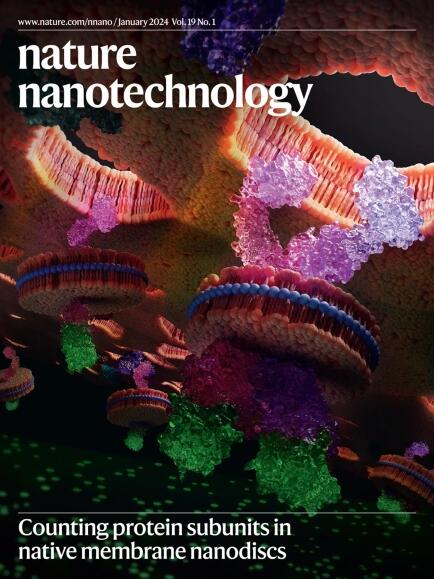布鲁诺-斯克罗萨蒂(1937-2024)
IF 34.9
1区 材料科学
Q1 MATERIALS SCIENCE, MULTIDISCIPLINARY
引用次数: 0
摘要
Bruno Scrosati在意大利罗马大学学习化学,之后跟随Filippo Accascina教授接受电化学研究培训,并在挪威特隆赫姆的SINTEF - NTNU (Stiftelsen for Industriell og TEknisk Forskning -挪威科技大学)和美国伊利诺伊大学厄巴纳-香槟分校获得研究奖学金(1964-1966)。20世纪70年代,当可充电锂电池的研究开始时,布鲁诺·斯克罗萨蒂(Bruno Scrosati)已经隶属于罗马大学化学系,他开始因在这一领域的贡献而出名。他最突出的成就是实际演示了在可充电非水电池系统中,不稳定且有潜在危险的锂金属负极可以被插入式负极活性材料取代,从而发明了第一个锂离子电池原型,被命名为“摇椅电池”,证实了米歇尔·阿曼德的直觉。本文章由计算机程序翻译,如有差异,请以英文原文为准。

Bruno Scrosati (1937–2024)
求助全文
通过发布文献求助,成功后即可免费获取论文全文。
去求助
来源期刊

Nature nanotechnology
工程技术-材料科学:综合
CiteScore
59.70
自引率
0.80%
发文量
196
审稿时长
4-8 weeks
期刊介绍:
Nature Nanotechnology is a prestigious journal that publishes high-quality papers in various areas of nanoscience and nanotechnology. The journal focuses on the design, characterization, and production of structures, devices, and systems that manipulate and control materials at atomic, molecular, and macromolecular scales. It encompasses both bottom-up and top-down approaches, as well as their combinations.
Furthermore, Nature Nanotechnology fosters the exchange of ideas among researchers from diverse disciplines such as chemistry, physics, material science, biomedical research, engineering, and more. It promotes collaboration at the forefront of this multidisciplinary field. The journal covers a wide range of topics, from fundamental research in physics, chemistry, and biology, including computational work and simulations, to the development of innovative devices and technologies for various industrial sectors such as information technology, medicine, manufacturing, high-performance materials, energy, and environmental technologies. It includes coverage of organic, inorganic, and hybrid materials.
 求助内容:
求助内容: 应助结果提醒方式:
应助结果提醒方式:


